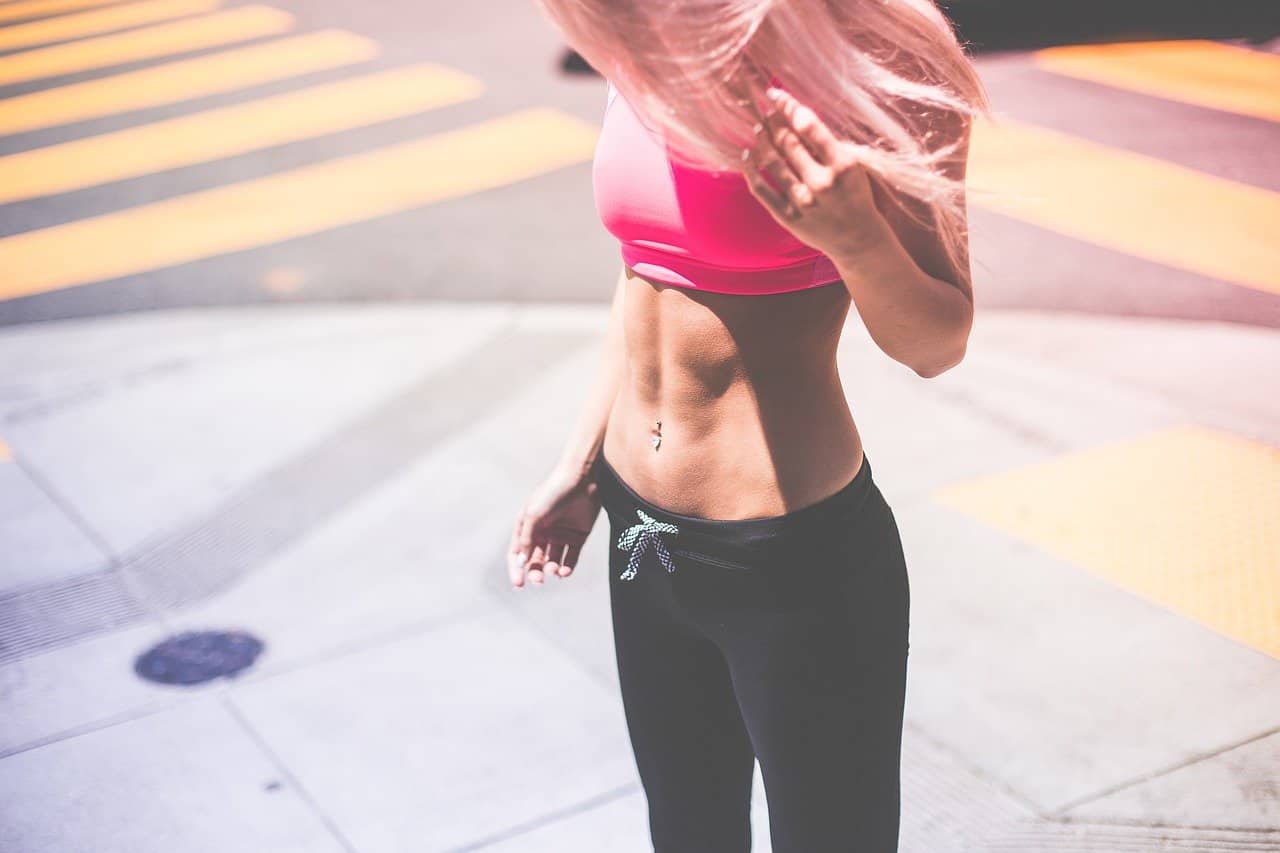One of the most well-liked forms of exercise today is yoga, which has been practised for many years. It is renowned for its capacity to lower stress, enhance balance and flexibility, and offer general health advantages. But did you know that practising yoga may help manage your diabetes? Yoga has been shown to improve metabolic health overall, lower insulin resistance, and help regulate blood sugar levels.
In this article, we’ll examine the benefits of yoga for managing diabetes and offer suggestions for incorporating it into your daily routine.
Millions of people worldwide are afflicted by a severe chronic condition known as diabetes. Long-term complications like heart disease, stroke, neuropathy, blindness, kidney failure, and more can result if not treated or managed.
It would be best if you took action to control diabetes as soon as possible. Yoga has been proven to be a valuable method for controlling blood sugar levels and enhancing metabolic health in people with diabetes.
Asanas (physical postures), pranayama (breathing exercises), and meditation techniques are all combined in yoga to enhance both physical and mental health. While enhancing flexibility and strength, regular practice can help lower stress levels.
Regular yoga can help people with diabetes reduce insulin resistance, enhance glucose metabolism, and improve blood sugar management. We’ll talk about how you can use yoga to manage diabetes symptoms in this article and offer advice on how to fit it into your daily routine.
Diabetic and Insulin Resistance Understanding:
Diabetes is a chronic disease that develops when the body produces insufficient insulin or cannot use it properly. Heart disease, stroke, and other illnesses may be more likely to strike people with diabetes. When the body does not respond to insulin appropriately, insulin resistance occurs, which raises blood glucose levels. It can effectively manage diabetes and insulin resistance with yoga.
Yoga may help people feel less stressed, move more, and have better overall health. High blood sugar levels can result from stress hormone interference with insulin production. By increasing the use of insulin in the body’s cells, exercise helps lower the glucose level in the bloodstream. Yoga practice also improves balance, flexibility, and strength, which can result in better blood sugar management.
Yoga encourages mindful eating practices that can assist people in becoming more conscious of their dietary preferences and serving sizes. Additionally, it promotes relaxation methods like breathing exercises that can assist people in coping with stress and anxiety that might otherwise lead to overeating or unhealthy snacking behaviours.
Additionally, some poses to target specific organs like the pancreas and liver that are important for regulating blood glucose levels, which aids in better control of the symptoms of diabetes.
Yoga’s Contributions To Diabetes Management:
Diabetes management can be significantly aided by yoga. Before beginning any exercise program, it is crucial to have a basic understanding of how diabetes functions and how it affects your body. People’s understanding of insulin resistance will help them comprehend how diabetes affects their bodies.
Yoga aids in stress reduction and general physical fitness improvement. Diabetes patients frequently have higher levels of stress hormones, which can make controlling blood sugar more challenging. These hormones are diminished through yoga, enabling the body to control the production of its insulin. Regular yoga also helps with posture and flexibility, lowering the risk of injury from exercises like weightlifting or running.
No matter their age or physical condition, anyone can practice yoga because it is so gentle. People with diabetes can practice a low-impact style of yoga, such as Hatha or Iyengar, which focuses on breathing techniques and relaxing poses without putting too much stress on the body’s joints or muscles. To better control their condition, people with diabetes can learn with regular practice how to maintain a healthy balance between exercise and diet.
Yoga Styles That Are Most Effective For Managing Diabetes:
Diabetes management has long been credited to yoga. There are specific yoga techniques that can be helpful for people with diabetes. People with diabetes can better manage their condition by becoming aware of the various yoga styles and how they can benefit.
Stretching, breathing, and relaxation are the three main focuses of Hatha yoga. Strength and flexibility are increased, stress is lessened, and circulation is improved. Vinyasa Flow, Iyengar, Ashtanga, and Kundalini yoga are additional forms of yoga practice that may be helpful. These types of yoga concentrate on enhancing balance and strength while reducing stress. By enhancing insulin sensitivity and reducing inflammatory responses in the body, yoga in all of its forms has the potential to assist with blood sugar regulation.
Those with diabetes can benefit greatly from practicing these different types of yoga. It can help lower blood sugar levels, strengthen muscles, enhance heart health, increase flexibility, and lessen stress. Regular physical activity like yoga, which naturally controls blood glucose levels, is crucial to managing diabetes properly.
Developing A Daily Yoga Practice:
Diabetes management can be significantly aided by yoga. Establishing a daily yoga routine will help you succeed the most. Breathing exercises, stretching postures, and meditation should all be included in a good routine.
The first step is to perform breathing exercises for five minutes regularly. When you feel stressed or overwhelmed, this helps to calm the body. It’s best to pay attention to your breath and inhale slowly and deeply. Once you’ve gotten the hang of this, you can advance to more difficult breathing techniques like alternate nostril breathing or kapalabhati pranayama.
The poses used in yoga are crucial for managing diabetes. Poses that improve flexibility and strength are essential for people with diabetes because they improve circulation. Choose comfortable poses and don’t strain yourself; even basic positions like child’s pose or mountain pose can be beneficial. Additionally helpful for improving sleep quality and lowering stress levels are relaxation exercises like progressive muscle relaxation or guided meditation done before bed.
When done correctly and regularly as part of your daily routine, yoga effectively manages diabetes. Taking a break from your day can be beneficial to relax, pay attention to your breathing, and stretch your body. Yoga can play a significant role in long-term diabetes management if practiced consistently and with dedication.
Suggestions to Help You Make Yoga A Sustainable And Pleasurable Practice:
It can effectively manage diabetes with yoga. Make your practice enjoyable if you want it to become a long-term part of your life. To assist you in achieving that, read the following advice.
Make sure your first choice of activities is appropriate for your current state of health and fitness.
As your body gets more robust and flexible, start with simple poses for you and gradually increase the difficulty. Stop immediately and seek the advice of a medical professional if anything causes pain or doesn’t feel right at any point.
Make your routine enjoyable as another piece of advice. Make it an adventure by experimenting with various yoga styles, listening to new music or podcasts, finding friends, or enrolling in classes!
To maintain your motivation and prevent frustration and burnout, set attainable goals. Finally, focus on the advantages of yoga for diabetes control rather than the challenges of each activity by focusing on the positive outcomes rather than the challenges.
Conclusion:
It can manage diabetes through yoga. Yoga instruction can enhance insulin sensitivity and support blood glucose control. Regular yoga can help people with diabetes by boosting strength and flexibility, encouraging better breathing techniques, and reducing stress. For preserving good health and managing diabetes, it’s crucial to follow a regular yoga practice that includes focused breathing, stretching, and postures appropriate for the practitioner’s fitness level.
Finding a fun exercise that fits the person’s needs and lifestyle is crucial for developing a successful yoga habit for diabetes control. Gentle yoga, like yin or Hatha, may be the best option for people with diabetes. Additionally, it’s critical to remember to take breaks between poses to allow the body to rest safely, unwind, and recover. Making a supportive environment and setting realistic goals can also make yoga a more enjoyable practice.
When practised regularly and with mindfulness, yoga can help manage diabetes. People with diabetes can improve their physical health while gaining mental clarity and relaxation by understanding the advantages of regularly practising yoga routines tailored to their needs and abilities. People can use yoga to manage their condition more effectively if they consider these suggestions.
Share This!!






